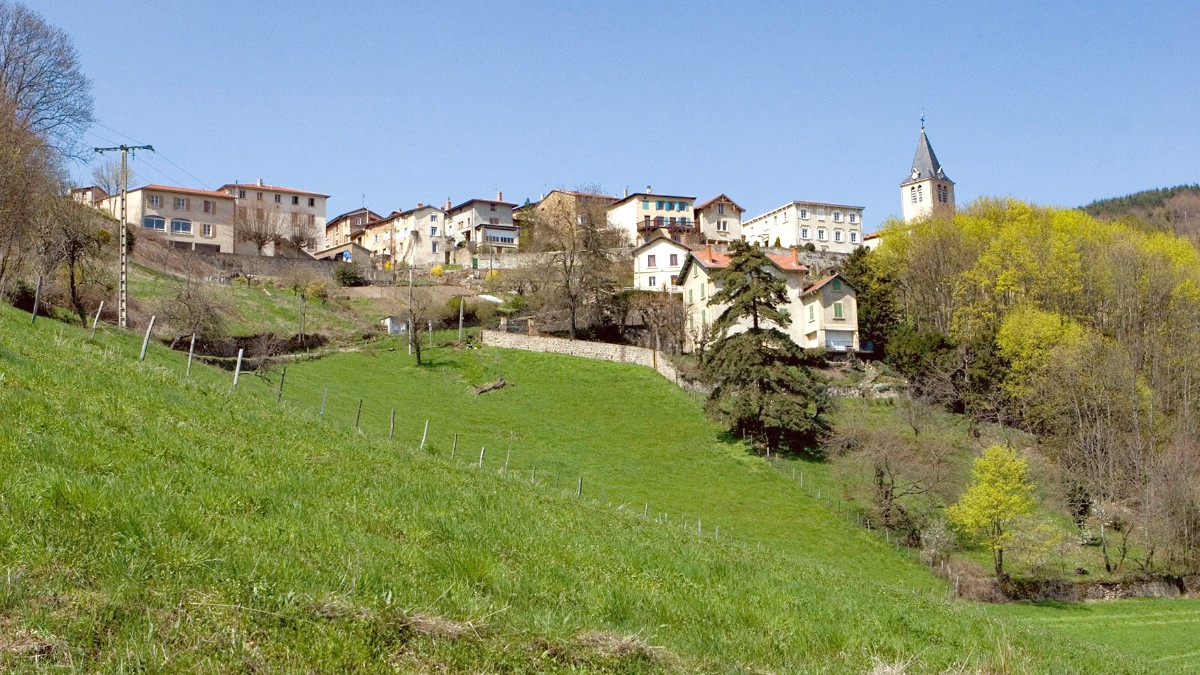
France
Lyon-Saint Exupéry Airport (LYS) is the most practical and largest airport for accessing Beaujolais, located 50-70 kilometers southeast. It is a modern international airport with good connections to Lyon and the wider region. Full-service carriers like Air France and low-cost carriers like EasyJet operate from LYS.
Flight availability and prices for LYS change seasonally. High season (June-August, November for Beaujolais Nouveau) sees highest demand and prices; book in advance. Shoulder season (April-May, September-October) offers competitive prices. Low season (December-March) has the lowest prices. LYS offers car rentals, train connections (Rhônexpress to Lyon Part-Dieu), taxis, ride-shares, shops, restaurants, and lounges.
Consider Dollar Flight Club for flight deals.
Use Skyscanner for flight comparisons.
Compare options at DiscoverCars.com.
Frequent direct services from major European capitals and cities.
Direct flights from cities like Montreal. Connections through major European hubs (Paris, Amsterdam, Frankfurt, London) for US travelers.
Direct flights are rare; connections through major hubs in Europe or the Middle East are standard.
France has an extensive and efficient train network (SNCF). Lyon Part-Dieu is a major TGV hub, offering fast connections (e.g., Paris to Lyon in ~2 hours). From Lyon Part-Dieu or Lyon Perrache, frequent regional trains (TER) run north into Beaujolais, serving towns like Villefranche-sur-Saône, Belleville-sur-Saône, and Mâcon. These trains are comfortable and offer scenic journeys. From these towns, connect to local buses, taxis, or rental cars to reach smaller villages and vineyards.
Long-distance bus travel is an economical alternative to trains for reaching Lyon. Major European bus companies like FlixBus and BlaBlaCar Bus connect to Lyon from other French and European cities. Once in Lyon, you will need to transfer to the regional bus network or a train to reach Beaujolais. Regional bus lines operated by departmental authorities (e.g., Cars du Rhône, Mobigo) serve towns and villages within Beaujolais. Services may be less frequent in rural areas.
Driving yourself offers the most flexibility for exploring Beaujolais, which is a rural region with many charming small villages and wineries off public transport routes. A valid national driving license is needed. An International Driving Permit (IDP) is needed in France if your license is not from an EU/EEA country. Carry both your IDP and national license. Car rental companies typically require drivers to be at least 21-25 years old and may charge a "young driver" fee.
Roads in Beaujolais are generally well-maintained. Roads within the hilly vineyard areas can be narrow, steep, and winding. Take care on blind curves and be prepared for agricultural vehicles. France has strict speed limits and common enforcement through speed cameras (50 km/h in urban areas, 80 km/h on rural roads, 130 km/h on motorways). Drunk driving laws are stringent, with a BAC limit of 0.05%.
Beaujolais is landlocked. River cruises on the Saône River offer an unique approach to the region. Lyon is a common embarkation/disembarkation point for Saône and Rhône river cruises. These cruises often include excursions into the Beaujolais wine region, typically by coach, as part of their itinerary.
Ferry services or cruise ports are not direct to Beaujolais. If arriving in France via a seaport, standard Schengen immigration procedures apply upon disembarkation. Cruise passengers disembarking in Lyon or Villefranche-sur-Saône connect to local land transportation: taxis, local buses, or pre-arranged tour coaches to the heart of Beaujolais for wine tastings and village visits.
Beaujolais does not have direct ferry services.
Lyon serves as a common river cruise embarkation point.
River cruises include coach excursions to Beaujolais.
Departure taxes are typically included in your airfare; no separate exit fee is paid at the airport. For international flights from Lyon-Saint Exupéry Airport (LYS), arrive at least 2-3 hours before departure. For domestic or Schengen-zone flights, 1.5-2 hours is generally sufficient. Online check-in helps save time.
If you are a non-EU resident and have eligible purchases, process your VAT refund forms at designated counters (e.g., Détaxe, Global Blue) before going through security. Allow extra time, as lines can be long. For train travel, arrive at least 15-20 minutes before your train's departure time. Platforms are usually announced shortly before departure. No security checks like at airports for train travel.
Full range of facilities, including duty-free shops, restaurants, cafes, lounges, and ATMs.
Smaller stations (Villefranche-sur-Saône, Belleville-sur-Saône) offer basic facilities, waiting areas, ticket machines, and sometimes small cafes.
A large, modern hub with extensive amenities for travelers.
Plan your departure well in advance, especially during peak travel times, to account for check-in and security procedures.